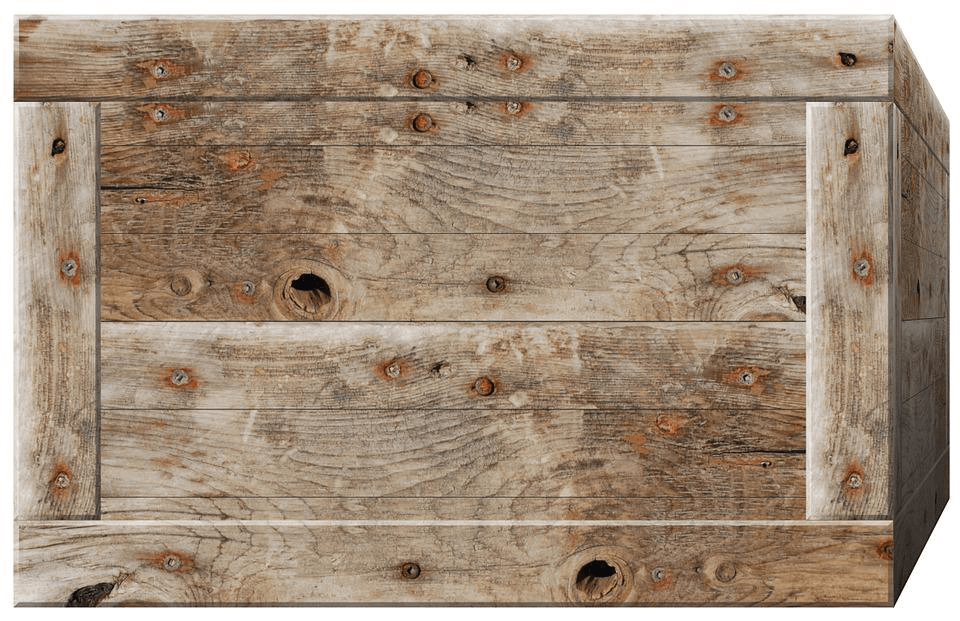
If you happen to own a valuable art collection that includes statues or figurines, and you are planning to move it, you should know how to pack sculptures the right way to minimize any risk of damage. Since such pieces are usually oversized and irregular in shape, it is even harder to prepare them for safe transport. Fortunately, we have prepared some advice that will help you carry out this task without a hassle and with the smallest possible risk of damage.
The key to handling any sort of artwork during relocation is to be patient and pay attention to details. In other words, do thorough research before you begin, take your time to make sure you’re doing everything right and avoid last-minute moving stress. Follow our tips and you won’t have anything to worry about.
Take Measurements Before Packing Sculptures
Before you start packing, check the dimensions of your artwork in order to prepare the right-sized boxes. Disassemble the sculpture if it is possible – it will make the process of protecting it easier. With two or more smaller parts, your task will not be so demanding, and you will be able to pack them as a real professional. If you have smaller figurines, they can probably be placed together into one or two boxes after you wrap them properly.
Other Factors to Take into Account
Besides the size, there are some other elements that you should take into account when planning your strategy:
- Every piece should stay in an upright position
- Protect everything from shaking or moving around
- Keep them safe from effects caused by bumps on the road
Packing Materials You Should Use
Keep in mind that, if your items are big and bulky, they require large boxes and a lot of protective material. So, to pack them properly, you should obtain these packing supplies:
- Bigger box or boxes
- Bubble wrap
- Tape
- Shredded paper, packing peanuts or blank newsprint papers as padding
 Usually, sculptures are massive and have odd forms, so packing them is a real challenge
Usually, sculptures are massive and have odd forms, so packing them is a real challenge
How to Pack Sculptures Step-By-Step
By following these instructions, you will be able to store your artwork without fear that it could be broken or damaged:
- Use the right package. It should be slightly larger than your statue. If your artwork can be disassembled, each box should fit each part. Keep in mind that, after wrapping, your sculpture will significantly increase in So choose the boxes carefully.
- Employ bubble wrap. This material is used to protect the sculpture. The upper half and the bottom half should be wrapped at least twice. Cover the middle part too, and wrap those areas where the two halves meet. Be careful during this process, and make sure every inch is properly covered. In the end, use tape to fix bubble wrap and to reinforce it. You may want to add an additional layer of paper as extra protection.
- Place the statue in an upright position and fill the empty space with packing peanuts or shredded paper to ensure that the sculpture doesn’t move too much inside the package.
- Finally, shut and seal the crate, and don’t forget to write “Fragile” on it, so that the crew providing you with moving services knows that they should handle the item with extra care.
What is the Double-Box Method?
Some very fragile pieces of art require this kind of packaging. The process is identical to the standard storing of sculptures described above. However, in order to ensure extra protection, you should prepare a second, bigger carton with additional padding at the bottom. Place the smaller box in the bigger one and fill in all space between them with cushioning. The final step is closing both packages and sealing them with tape.
How to Pack a Larger Sculpture for Moving
Some sculptures are very bulky and cannot be disassembled, so it’s tough to find adequate packages to fit their dimensions. Those situations require using other supplies, such as wooden crates, for example. If you own any such pieces, here is what you’ll need:
- Bubble wrap. As the ultimate protective material, it should be used to cover the entire statue for maximum protection. You can also use a moving blanket in addition to bubble wrap. The important thing is to make sure the item is completely covered.
- Wooden crate. Wooden crates are the oversized, sturdier versions of a regular box. Take the same steps as you would with a cardboard container. Don’t forget to put a few layers of protective material at the bottom and around the item after placing it inside.
- Double-box method. This phase is optional and it serves as extra protection. If you choose this solution, then the interior box can be made of cardboard, and the exterior one will be a wooden crate. That’s how your artwork will stay protected from any possible damage.
- Use a furniture dolly to load the sculpture onto the truck. If the statue is very massive, ask a couple of friends to help you move it. The dolly will also be useful once you need to get the item off the truck at your new home. After that, all you have to do is follow our tips for unpacking, and you’ll be settled in no time.
 If your artwork is bulky, you should consider using a wooden crate
If your artwork is bulky, you should consider using a wooden crate
Strap the Box Down to a Pallet – For Fragile or Asymmetrical Works
If you are worried that the above-mentioned methods won’t be enough to protect your piece of art because it is too fragile or asymmetrical, consider strapping the package down to a pallet. This will ensure that leans sideways or falls over.
When it comes to fragile and expensive items, such as pieces of art, handling them on your own during relocation can be too risky. So, what should you do? It’s highly recommended to hire a professional company to provide packing services. In this way, you will also get insurance for all the items handled by the movers.










